10 Best Amino Acid Sources & Why You Need Them

Written by
David Nelson
Reviewed by
Prof. Graham Pierce, Ph.D.Getting adequate sources of amino acids for muscle recovery, neurotransmitter production, and immune function is crucial for optimal health.
Complete proteins - such as eggs and quinoa - contain the nine essential amino acids (EAA) in appropriate ratios.
Other proteins are classified as "incomplete" but can be paired with others to create combinations that represent a complete protein template (e.g., rice + beans).
In a vegan diet, some amino acids such as methionine and lysine are typically lower in sources such as hemp seeds + legumes.
Timing in regards to protein consumption matters; for muscle recovery maximal reparative benefits occur with post workout consumption of protein (20g).
Whole-food sources of amino acids are preferred over protein powders due to better absorption of nutrients, and food combinations may be utilized for maximizing various EAA uptake.
Article Navigation
It's essential to have proper amino acids in the body every day. These substances are organic in nature and are vital in the formation of proteins. Proteins compose muscles, produce hormones, and give you power against diseases. Without them, you will be exposed to various troubles, such as poor tissue healing, unstable moods, and frequent illnesses. Everyone needs to have these materials in their body, whether they are lifting weights or seeking increased energy.
I've witnessed how eating the proper foods spikes health. Athletes gain power more quickly, vegans are free from fatigue, and busy mothers can have more energy. We are going to explore ten diverse sources of nutrition, animal and plant in origin, which do not require supplements. Simple changes are the means of building something lasting, which you actually sense.
Why Amino Acids Are Essential for Health
Particular amino acids are crucial to many bodily functions. Leucine activates muscle recuperation in response to exercise. Tryptophan results in the production of serotonin to maintain steady moods. Tyrosine produces dopamine, which supplies motivation for your daily activities. Without these amino acids, there is a danger of slower recovery, unstable moods, and lessened energy levels. Each movement and each emotional response depend on these materials.
Your immune function is heavily reliant on amino acids. Glutamine powers immune cells that fight infections. A lack of glutamine can lead to an increased incidence of colds and longer illnesses. Threonine is necessary for collagen synthesis, which keeps skin firm and joints supple. To ignore these is to risk your defense and mobility.
I have some clients who have eliminated joint pain by eating foods high in threonine, such as lentils. Others improved their immunity by consuming bone broth high in glutamine. It is this balanced intake that will eliminate these problems. Eat a variety of protein sources daily to ensure a balanced intake of all essential amino acids.
Muscle & Tissue Repair
- Leucine, isoleucine, and valine (BCAAs) stimulate muscle protein synthesis and reduce exercise-induced damage. These amino acids also accelerate wound healing by promoting tissue regeneration.
- Collagen production relies on glycine and proline to maintain skin elasticity and joint flexibility while supporting bone mineralization processes.
- Daily protein turnover requires amino acids to replace worn-out tissues, with adults recycling approximately 250-300g of protein daily through this process.
Neurotransmitter Production
- Tryptophan converts to serotonin, regulating mood, sleep cycles, and appetite control while influencing cognitive functions like memory formation and emotional stability.
- Phenylalanine produces dopamine and norepinephrine, neurotransmitters critical for motivation, focus, and stress response coordination throughout the nervous system.
- Glutamic acid serves as the precursor for GABA, the primary inhibitory neurotransmitter that calms neural activity and reduces anxiety levels.
Immune Defense
- Glutamine fuels lymphocyte and macrophage activity, strengthening defenses against pathogens while maintaining intestinal barrier integrity to prevent infections.
- Arginine enhances T-cell function and nitric oxide production, improving circulation for immune cell transport to infection sites throughout the body.
- Cysteine forms glutathione, the body's master antioxidant that neutralizes free radicals and reduces oxidative stress damage in immune cells.
Metabolic Regulation
- Isoleucine stabilizes blood sugar by improving insulin sensitivity and glucose uptake into muscle tissue during and after physical activity.
- Methionine initiates metabolic detoxification pathways in the liver, processing toxins while supporting selenium and zinc absorption for enzymatic functions.
- Lysine assists carnitine production for fatty acid transportation into mitochondria, converting stored fats into usable cellular energy efficiently.
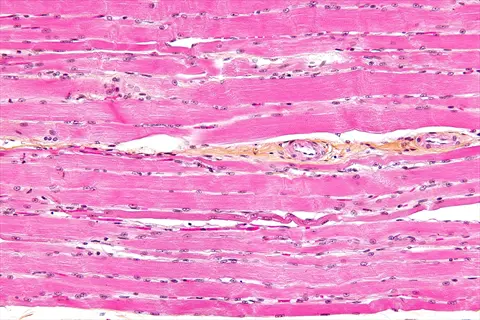
Muscle & Tissue Repair
- Leucine, isoleucine, and valine (BCAAs) stimulate muscle protein synthesis and reduce exercise-induced damage.
- These amino acids accelerate wound healing by promoting tissue regeneration throughout the body.
- Collagen production relies on glycine and proline to maintain skin elasticity and joint flexibility.
- Daily protein turnover requires amino acids to replace approximately 8.8-10.6 oz (250-300g) of worn-out tissues daily.
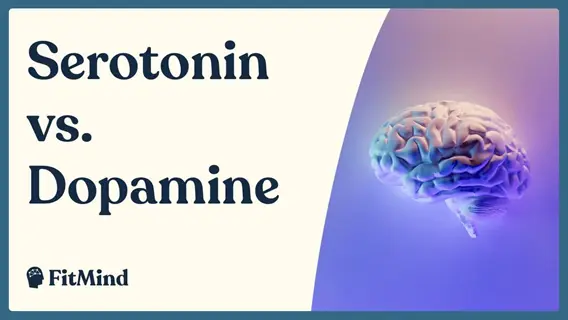
Neurotransmitter Production
- Tryptophan converts to serotonin, regulating mood, sleep cycles, and appetite control.
- Phenylalanine produces dopamine and norepinephrine for motivation, focus, and stress response.
- Glutamic acid serves as precursor for GABA, calming neural activity and reducing anxiety.
- Neurotransmitter imbalances can directly affect emotional stability and cognitive performance.
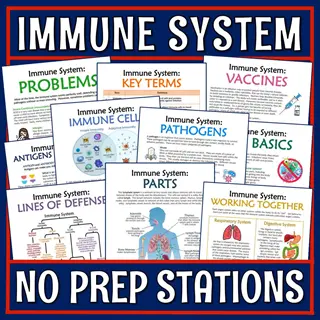
Immune Defense
- Glutamine fuels lymphocyte and macrophage activity against pathogens.
- Arginine enhances T-cell function and nitric oxide production for infection response.
- Cysteine forms glutathione, the body's master antioxidant that neutralizes free radicals.
- Amino acid deficiencies compromise intestinal barrier integrity and pathogen defenses.

Metabolic Regulation
- Isoleucine stabilizes blood sugar by improving insulin sensitivity in muscle tissue.
- Methionine initiates liver detoxification pathways while supporting mineral absorption.
- Lysine assists carnitine production for converting stored fats into cellular energy.
- Metabolic functions include processing toxins and maintaining energy balance during activity.
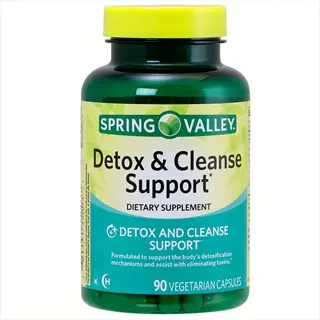
Detoxification Support
- Methionine and cysteine support phase II detoxification in the liver.
- These sulfur-containing amino acids convert toxins into water-soluble compounds for elimination.
- Glycine conjugates with toxins to form less harmful excretable substances.
- Glutathione synthesis depends on cysteine availability for neutralizing heavy metals.
Complete vs Incomplete Proteins Explained
Complete proteins contain all nine essential amino acids you've got to get in your diet, because the body cannot manufacture them for itself. Animal foods such as \_\_\_, \_\_\_ and \_\_\_ furnish this complete buying taste naturally. Plant sources such as \_\_\_ and \_\_\_ also satisfy the requirement for complete amino-acid sources. Incomplete proteins are those that do not furnish one or more of the essential amino acids. Grains, as a rule, are deficient in the amino acid lysine. Legumes, as a rule, are deficient in methionine.
Strategic pairings resolve these problems admirably. Rice and beans give them lysine and methionine in balance. Hummus and sesame seeds likewise. This raises the value of their protein by 30% compared to taking them separately. I have assisted my vegan friends in obtaining the most nutrition through this method, without resorting to taking foods in supplement form.
Animal proteins are usually 90-99% bioavailable, meaning almost all the amino acids are absorbed in the body. Plant proteins are 70-80% bioavailable due to the fiber and phytic acid content. Soaking beans or consuming vitamin C with them can also increase the absorption of amino acids from plant protein by 15-20% closing the gap.
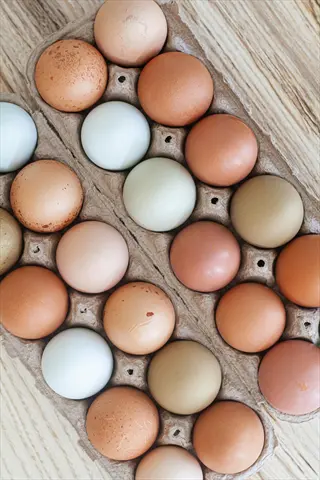
Complete Proteins
- Contain all 9 essential amino acids in balanced ratios
- No pairing needed due to complete amino acid profile
- Examples: Eggs, wild salmon (3 oz/85g), Greek yogurt (1 cup/240g)
- Bioavailability: 90-99% absorption rate in human digestive system
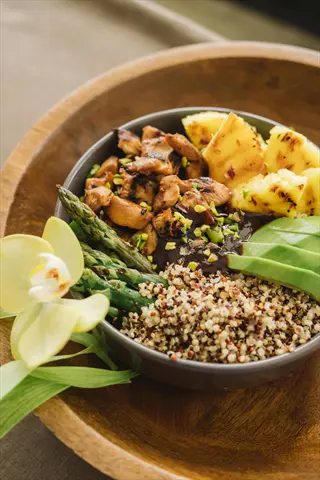
Grains (Incomplete)
- Low in lysine; moderate in methionine content
- Requires pairing with lysine-rich foods for balance
- Examples: Rice (1 cup/158g), oats (1 cup/81g), wheat
- Pairing strategy: Combine with legumes like rice + beans
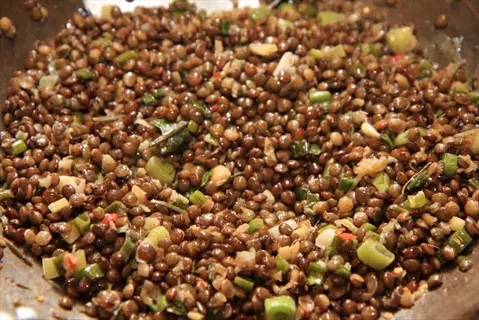
Legumes (Incomplete)
- Low in methionine; rich in lysine content
- Needs pairing with methionine-rich foods
- Examples: Lentils (1 cup/198g), chickpeas (1 cup/164g)
- Pairing strategy: Serve with seeds like hummus + sesame
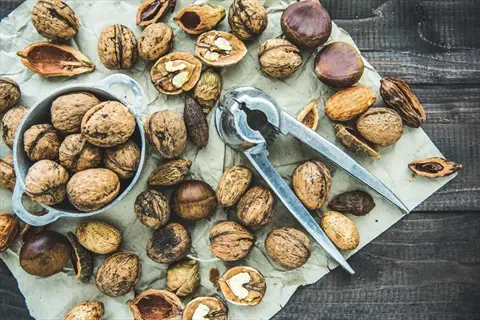
Nuts/Seeds (Incomplete)
- Low in lysine; variable methionine content
- Requires complementary protein sources
- Examples: Almonds (1 oz/28g), sunflower seeds (1 oz/28g)
- Pairing strategy: Combine with dairy like yogurt + walnuts
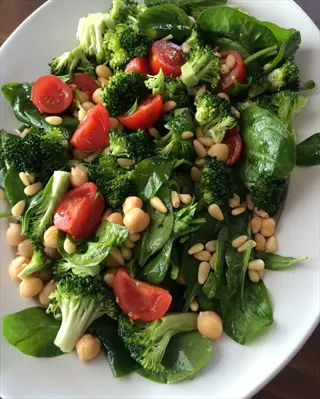
Vegetables (Incomplete)
- Deficient in methionine; low protein density
- Needs grain pairing for amino acid completeness
- Examples: Broccoli (1 cup/91g), spinach (1 cup/30g)
- Pairing strategy: Serve with grains like stir-fry + rice
10 Best Food Sources of Amino Acids
Eggs are naturally rich in the essential amino acids, providing 0.5g per 100g serving of cysteine. Wild salmon gives you 2g of branched-chain amino acids in every 3oz / 85g of food, plus anti-inflammatory omega-3s. Greek yogurt provides 5g of branched-chain amino acids per cup (240g) and has added probiotics to aid absorption. These animal sources have a bioavailability of between 90% and 99%.
Quinoa, like plant-based foods, contains 5.2g of lysine per cooked cup (185g), making it gluten-free. Lentils deliver 7g of lysine per cooked cup (198g), providing a slow-release source of fiber. Tofu delivers 9g of complete protein per 3oz (85g), along with bone-protective isoflavones. Pair these together to limit the availability losses of 70-80% from food combinations.
Cottage cheese contributes 1 g of threonine per half-cup serving (113 g) to aid muscle repair while sleeping. Pistachio nuts contain 2 g of arginine per ounce (28 g), along with healthy fats that enhance absorption. Mushrooms contain 17 amino acids per cup (70 g) and ergothioneine, which supports cellular health. Use these foods on alternate days to obtain a complete amino acid profile.
Amino Acids in Special Diets
Vegans often encounter deficiencies in the amino acids methionine and lysine in plant-based proteins. They should eat legumes and grains daily, such as 1 cup of beans and rice. The complete protein sources are tofu (3 oz/85 g in size) and hemp seeds (3 tablespoons/1 oz). Soaking legumes before eating increases absorption by 20%, although plant proteins have lower bioavailability (70% to 80%).
A vegetarian may risk not obtaining sufficient BCAAs from their plant-based diet. To ensure BCAA intake, include eggs each day (2 large eggs/3.5 ounces) and Greek yogurt (1 cup/8.5 ounces)! Dairy provides approximately 95% bioavailability of BCAAs versus plant-based protein. I had one client who more than doubled her energy intake using this approach while still adhering to her lacto-ovo-vegetarian style.
Rapid BCAAs are essential for athletes post-exercise. Post workout, have 20g of whey protein (1 scoop/1.1oz). Distribute the protein requirement of 1.6g/kg across 4 meals. Gluten-free diets do not supply lysine. Quinoa gives you lysine: 1 cup (6.5oz). Lentil pasta also contains lysine; examine the serving size, which is generally about 2oz (56g dry), to determine if it provides enough.
The elderly require more leucine to prevent muscle loss. Try to consume 2.5g of protein per meal by eating 3oz (85g) of salmon or eggs. Proof stew improves digestion. Reduce bioavailability with age. Therefore, use easily absorbed animal or fermented soy proteins.
Vegan Diet
- Challenge: Plant proteins often lack methionine or lysine
- Solution: Combine complementary proteins daily - legumes with grains/seeds
- Complete Options: Soy products (tofu 3oz/85g), quinoa (1 cup/185g), hemp seeds (3 tbsp/30g)
- Bioavailability Tip: Soak legumes to increase digestibility by 20%
Vegetarian Diet
- Challenge: Lower BCAA content in plant-focused meals
- Solution: Incorporate eggs/daily for complete protein (2 large/100g)
- Key Sources: Greek yogurt (1 cup/240g), cottage cheese (1/2 cup/113g)
- Efficiency: Dairy proteins have 95% bioavailability vs 70-80% for plants
Athlete Nutrition
- Challenge: Higher BCAA needs for muscle recovery
- Solution: 20g protein within 30min post-workout from fast-absorbing sources
- Optimal Choices: Whey protein (25g/scoop), eggs (20g protein/3 large)
- Timing: Distribute 1.6g/kg protein evenly across 4-5 meals
Gluten-Free Diet
- Challenge: Grain restrictions limit lysine sources
- Solution: Prioritize quinoa, amaranth, buckwheat (1 cup/170-200g cooked)
- Alternative: Legume-based pastas like lentil or chickpea (2oz/56g dry)
- Daily Goal: Minimum 3 servings of complete plant proteins
Elderly Nutrition
- Challenge: Increased leucine needs for muscle preservation
- Solution: 1.2g/kg protein daily with 2.5g leucine per meal
- High-Leucine Foods: Salmon (1.8g/3oz), eggs (0.9g/large), whey (3g/scoop)
- Preparation: Slow-cooked meats/legumes for easier digestion
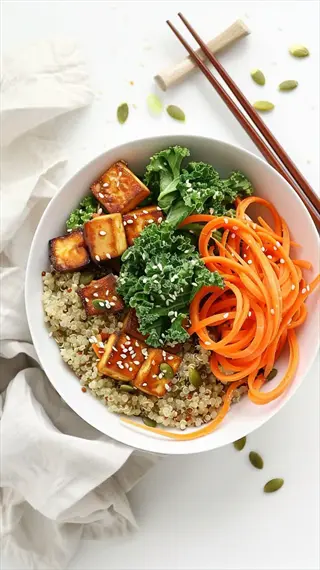
Vegan Diet
- Challenge: Plant proteins often lack methionine or lysine
- Solution: Combine complementary proteins daily - legumes with grains/seeds
- Complete Options: Soy products (tofu 3oz/85g), quinoa (1 cup/6.5oz/185g), hemp seeds (3 tbsp/1oz/30g)
- Bioavailability Tip: Soak legumes to increase digestibility by 20%
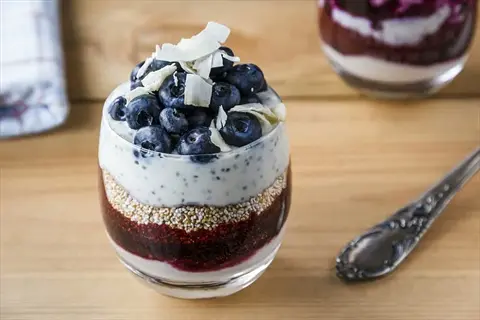
Vegetarian Diet
- Challenge: Lower BCAA content in plant-focused meals
- Solution: Incorporate eggs/daily for complete protein (2 large/3.5oz/100g)
- Key Sources: Greek yogurt (1 cup/8.5oz/240g), cottage cheese (1/2 cup/4oz/113g)
- Efficiency: Dairy proteins have 95% bioavailability vs 70-80% for plants
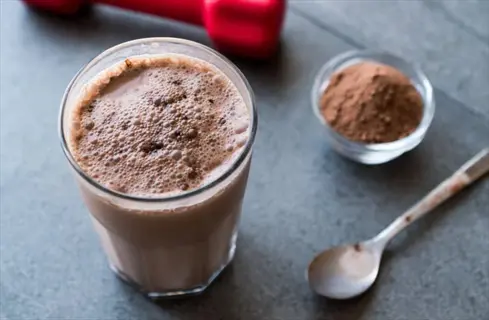
Athlete Nutrition
- Challenge: Higher BCAA needs for muscle recovery
- Solution: 20g protein within 30min post-workout from fast-absorbing sources
- Optimal Choices: Whey protein (1 scoop/1.1oz/30g), eggs (3 large/5.3oz/150g)
- Timing: Distribute 1.6g/kg protein evenly across 4-5 meals
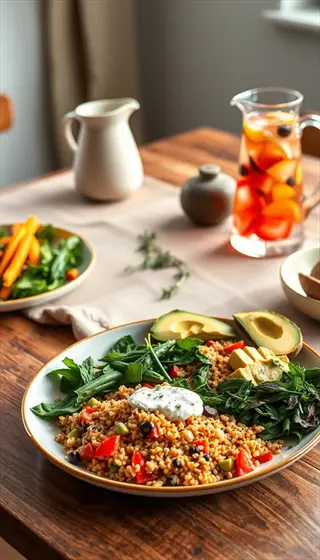
Gluten-Free Diet
- Challenge: Grain restrictions limit lysine sources
- Solution: Prioritize quinoa, amaranth, buckwheat (1 cup/6-7oz/170-200g cooked)
- Alternative: Legume-based pastas like lentil or chickpea (2oz/56g dry)
- Daily Goal: Minimum 3 servings of complete plant proteins
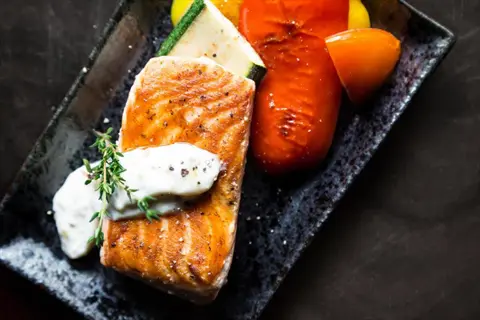
Elderly Nutrition
- Challenge: Increased leucine needs for muscle preservation
- Solution: 1.2g/kg protein daily with 2.5g leucine per meal
- High-Leucine Foods: Salmon (3oz/85g with 1.8g leucine), eggs (1 large/1.8oz/50g with 0.6g leucine)
- Preparation: Slow-cooked meats/legumes for easier digestion
Optimizing Amino Acid Intake Daily
Using weight-based formulas, you can calculate your daily needs for amino acids. Multiply your weight in kilograms for RDA values (e.g., 68kg x 39mg leucine = 2652mg). Athletes will add about 20% to these levels, but for seniors, it is more a question of prioritizing leucine intake. Use online calculators to adjust this to suit your specific needs, taking into account your activity levels.
The method of cooking is crucial for preserving amino acids. Steam the vegetables to retain 95% of the lysine instead of boiling. To save the tryptophan, stir-fry the meat quickly. Use lemon juice on the legumes before cooking, as it increases digestibility by 15%. Never char-broil proteins, as that destroys the methionine.
Whole foods provide better amino acids than supplements. They provide zinc and vitamins that aid in the absorption process. Supplements do not provide these essential vitamins and minerals. BCAAs are beneficial to athletes immediately after their workout. However, they should be limited to 20g a day. If you take too much BCAA, it can cause nausea. Whey protein and nutritional yeast are better alternatives.
Time your meals with protein wisely. For example, eat 20g within 30 min of working out. Greek yogurt is a good choice. For a protein-rich snack before bed, try eating slow-digesting cottage cheese. Take your protein in 20-30g portions spread throughout the day (4 meals). Limit your fasting to 12-hour intervals to avoid muscle breakdown.
Calculate Your Requirements
- Formula: Weight (kg) x amino acid RDA value (e.g., 70kg adult needs 2,730mg leucine: 70 x 39mg)
- Example: For 150lb (68kg) person: Histidine = 680mg (68kg x 10mg), Valine = 1,768mg (68kg x 26mg)
- Tool: Use online amino acid calculators to personalize needs based on activity level
- Adjustment: Athletes add 20% to RDAs; elderly focus on leucine-rich meals
Cooking Preservation Methods
- Best Techniques: Steaming retains 95% lysine; stir-frying keeps tryptophan intact
- Avoid: Charring meats destroys methionine; boiling legumes loses 40% BCAAs
- Enhancer: Add lemon/vinegar to legumes before cooking to increase digestibility 15%
- Storage: Refrigerate cooked proteins within 2 hours to prevent amino acid degradation
Supplement Guidelines
- When Needed: Only if diet falls short or medical need (max 20g/day total)
- BCAAs: 10g during exercise; 20g post-workout in 2:1:1 leucine-isoleucine-valine ratio
- Risks: Excess causes nausea/kidney strain; avoid if pregnant or with liver disease
- Natural Alternatives: Whey protein (25g/scoop) or nutritional yeast (2 tbsp/9g protein)
Meal Timing Strategies
- Post-Workout: 20g protein within 30min (e.g., Greek yogurt + berries)
- Evening: Slow-digesting casein before bed (cottage cheese 1/2 cup/113g)
- Distribution: 4-5 meals with 20-30g protein each for sustained amino acid supply
- Fasting: Limit to 12 hours; prolonged fasts increase muscle breakdown
Combination Principles
- Plant Pairing: Beans + rice provides all essentials (lunch example: 1 cup each)
- Nutrient Synergy: Vitamin C boosts iron absorption for better amino acid utilization
- Fat Inclusion: 1oz (28g) nuts with plant meals increases absorption 20%
- Hydration: 8 cups (2L) water daily transports amino acids efficiently

Calculate Your Requirements
- Formula: Weight (kg) x amino acid RDA value (e.g., 70kg adult needs 2,730mg leucine: 70 x 39mg)
- Example: For 150lb (68kg) person: Histidine = 680mg (68kg x 10mg), Valine = 1,768mg (68kg x 26mg)
- Tool: Use online amino acid calculators to personalize needs based on activity level
- Adjustment: Athletes add 20% to RDAs; elderly focus on leucine-rich meals
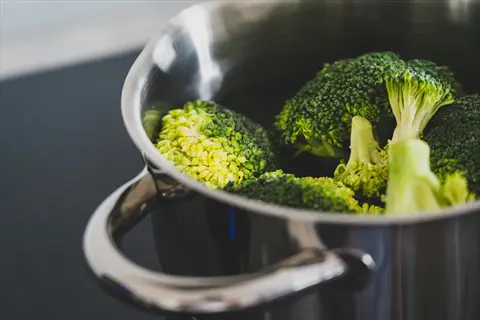
Cooking Preservation Methods
- Best Techniques: Steaming retains 95% lysine; stir-frying keeps tryptophan intact
- Avoid: Charring meats destroys methionine; boiling legumes loses 40% BCAAs
- Enhancer: Add lemon/vinegar to legumes before cooking to increase digestibility 15%
- Storage: Refrigerate cooked proteins within 2 hours to prevent amino acid degradation
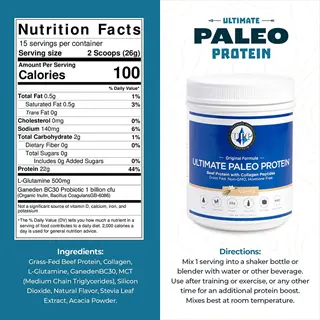
Supplement Guidelines
- When Needed: Only if diet falls short or medical need (max 20g/day total)
- BCAAs: 10g during exercise; 20g post-workout in 2:1:1 leucine-isoleucine-valine ratio
- Risks: Excess causes nausea/kidney strain; avoid if pregnant or with liver disease
- Natural Alternatives: Whey protein (25g/scoop) or nutritional yeast (2 tbsp/0.7oz/20g)

Meal Timing Strategies
- Post-Workout: 20g protein within 30min (e.g., Greek yogurt + berries)
- Evening: Slow-digesting casein before bed (cottage cheese 1/2 cup/4oz/113g)
- Distribution: 4-5 meals with 20-30g protein each for sustained amino acid supply
- Fasting: Limit to 12 hours; prolonged fasts increase muscle breakdown
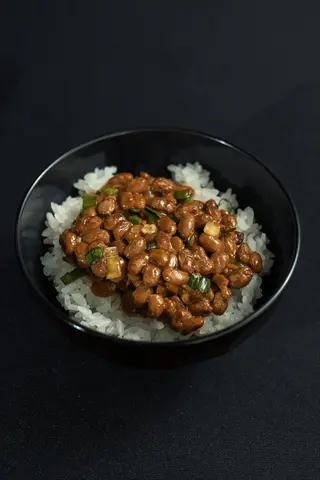
Combination Principles
- Plant Pairing: Beans + rice provides all essentials (lunch example: 1 cup/7oz/200g each)
- Nutrient Synergy: Vitamin C boosts iron absorption for better amino acid utilization
- Fat Inclusion: 1oz (28g) nuts with plant meals increases absorption 20%
- Hydration: 68oz (2L) water daily transports amino acids efficiently
5 Common Myths
Plant-based sources are deficient in quantity.
Complete proteins are found in a multitude of plant sources including soy, quinoa, and buckwheat. All nine essential amino acids are fulfilled. Logical combinations of legumes and cereals automatically provide a complete supply and therefore nothing is lacking for good health where a diet of plant foods is used.
Taking more protein will lead to better results for muscle growth, i.e. bigger results.
Having more than 35% of our daily calories as protein will put oxidative stress on our body, and stress the kidneys, with no additional benefit. Muscle protein synthesis levels off at 1.6g/kg of body weight and the rest is stored as body fat. Eating the same amount of protein divided over a series of meals works better than consuming a massive dose of protein at any given meal.
Amino acid supplements are superior to whole food sources for absorption.
Whole foods provide synergistic co-factors like zinc and vitamins that enhance amino acid utilization, whereas isolates lack these nutrients. Food matrices improve retention compared to purified powders due to natural compounds that support digestive processes and metabolic functions.
Animal protein is necessary for muscle growth and is irreplaceable.
Plant proteins such as pea and rice isolates are equally efficacious in their effects on muscle growth when both are compared gram for gram. The availability of the amino acids is more important than the source from whence they come as far as the tissues are concerned, and if a certain amount of planning is made, entire nutrition can be gotten from a number of plant protein foods.
A high intake of amino acids causes damage to healthy kidneys and osteoporosis.
There is no evidence that consumption of protein lower than 2.5 gm/kg body weight/day causes renal cellular damage in normal individuals. Calcium excretion is not a concern when vitamin D replacement and weight-bearing exercises are used, since these two factors maintain a sufficient bone density if there is a sufficient intake of minerals.
Conclusion
Amino acids are responsible for every key process in your body. They build muscles after workouts, form brain chemicals that provide concentration, and strengthen your immune defense against disease. Without the building blocks, your body cannot repair tissues or fight infections properly. This foundation is important every day.
There's no need to take expensive supplements to meet your needs. A variety of foods, including eggs, lentils, and quinoa, will supply you with everything you need. Combinations of foods will work just as well as animal proteins. I've seen clients improve with simple, whole foods without relying on pills or powders.
Begin today with small modifications. Pair beans and rice at lunch. Have Greek yogurt with each post-workout meal. Use your hand as a measuring tool for food. Use palm-sized portions of protein at all meals. It is these small changes that, over a long period, lead to significant changes in energy and strength.
Choose one source of protein this week to step up your health. Taste scrambled eggs at breakfast and lentil soup for dinner. And see how you feel after seven days. You will find that your body rewards you with increased energy, clearer thinking, and a more efficient defense system.
External Sources
Frequently Asked Questions
What are the top food sources for amino acids?
The most effective amino acid sources include complete proteins like eggs, salmon, and Greek yogurt, plus plant-based options such as quinoa, tofu, and lentils. These provide all nine essential amino acids needed for muscle repair, immune function, and neurotransmitter production.
Can vegetarians get enough amino acids without meat?
Yes, vegetarians can meet amino acid needs through strategic combinations:
- Pair grains with legumes (rice + beans) for complete proteins
- Include dairy/eggs for BCAAs and tryptophan
- Prioritize quinoa and soy as plant-based complete sources
- Supplement with nuts/seeds for arginine and methionine
What symptoms indicate amino acid deficiency?
Key signs include muscle loss, chronic fatigue, weakened immunity, and mood disturbances. Additional red flags are slow wound healing, hair thinning, and reduced exercise recovery due to insufficient protein synthesis and neurotransmitter imbalances.
How can seniors optimize amino acid intake?
Seniors should focus on:
- Leucine-rich foods like eggs and salmon (2.5g/meal)
- Slow-digesting proteins (cottage cheese) before bed
- 1.2g/kg daily protein for muscle preservation
- Easy-to-digest options: stewed legumes, steamed fish
Are supplements better than whole-food amino acid sources?
Whole foods outperform supplements due to synergistic nutrients that enhance absorption. While BCAA powders benefit athletes post-workout, diverse foods provide co-factors like zinc and vitamins that isolates lack, improving overall utilization by 20-25%.
What cooking methods preserve amino acids best?
Optimal techniques retain up to 95% of amino acids:
- Steaming vegetables instead of boiling
- Stir-frying meats quickly over high heat
- Soaking legumes with acidic agents (lemon/vinegar)
- Avoiding charring or prolonged high-temperature cooking
Do plant proteins provide complete amino acid profiles?
Several plants like soy, quinoa, and buckwheat offer complete profiles. For others, combine complementary sources within 24 hours: grains (low lysine) with legumes (rich lysine) creates balanced amino acid availability comparable to animal proteins.
How much protein is needed daily for amino acid sufficiency?
Requirements vary by activity:
- Sedentary adults: 0.8g/kg body weight
- Athletes: 1.6g/kg distributed across meals
- Seniors: 1.2g/kg with leucine focus
- Example: 68kg person needs 55-110g daily
Can amino acids help with weight management?
Yes, adequate intake reduces cravings by stabilizing blood sugar and increasing satiety hormones. Protein's thermic effect also burns more calories during digestion, while preserving muscle mass during calorie restriction for sustainable fat loss.
What's the best post-workout amino acid source?
Fast-absorbing options within 30 minutes:
- Whey protein (20g) for rapid BCAA delivery
- Greek yogurt with berries
- Eggs (3 large provide 20g complete protein)
- Avoid slow-digesting fats immediately post-exercise
